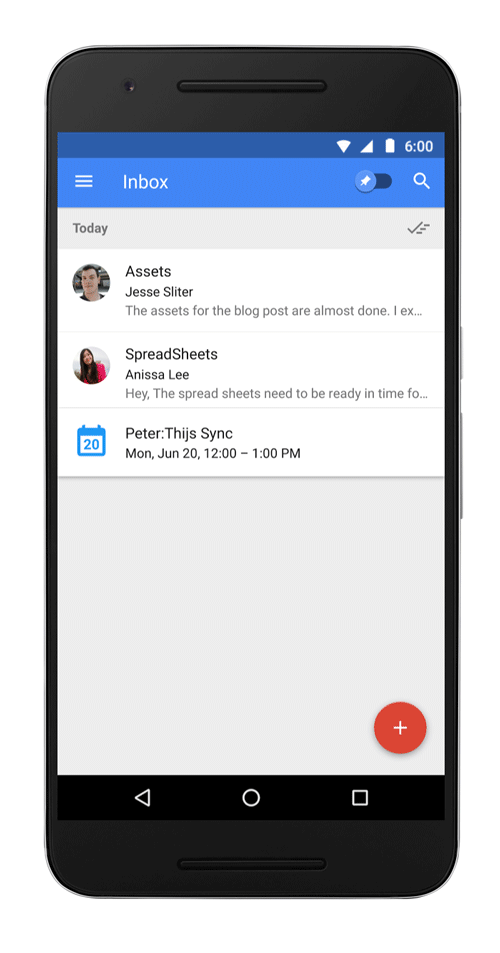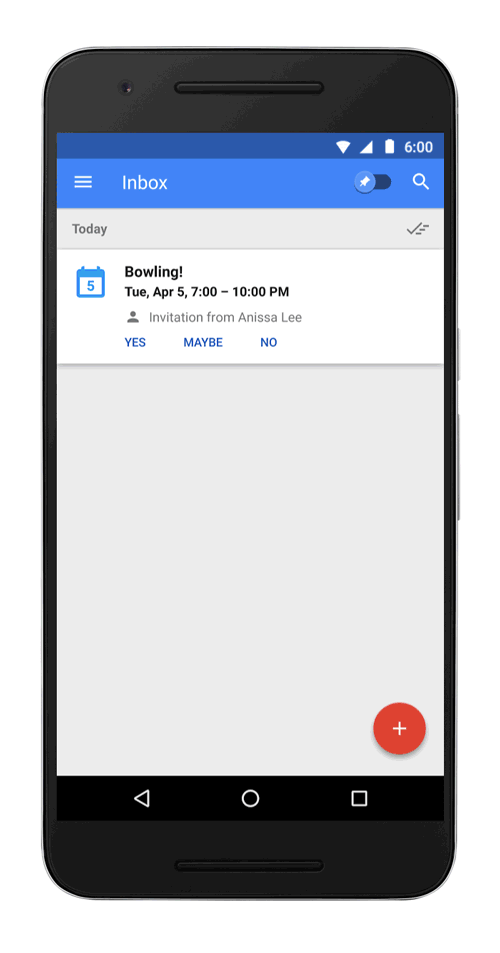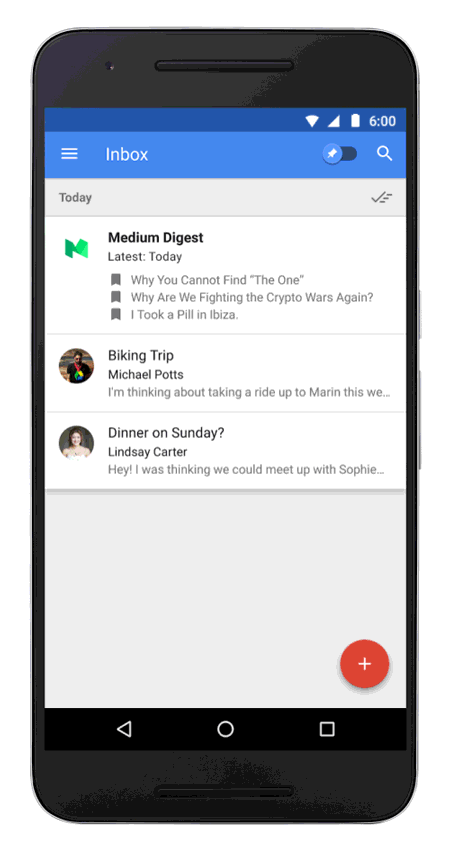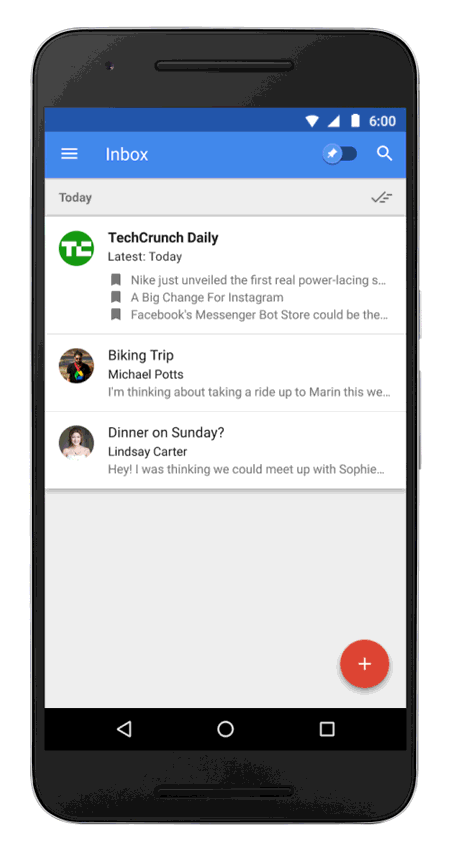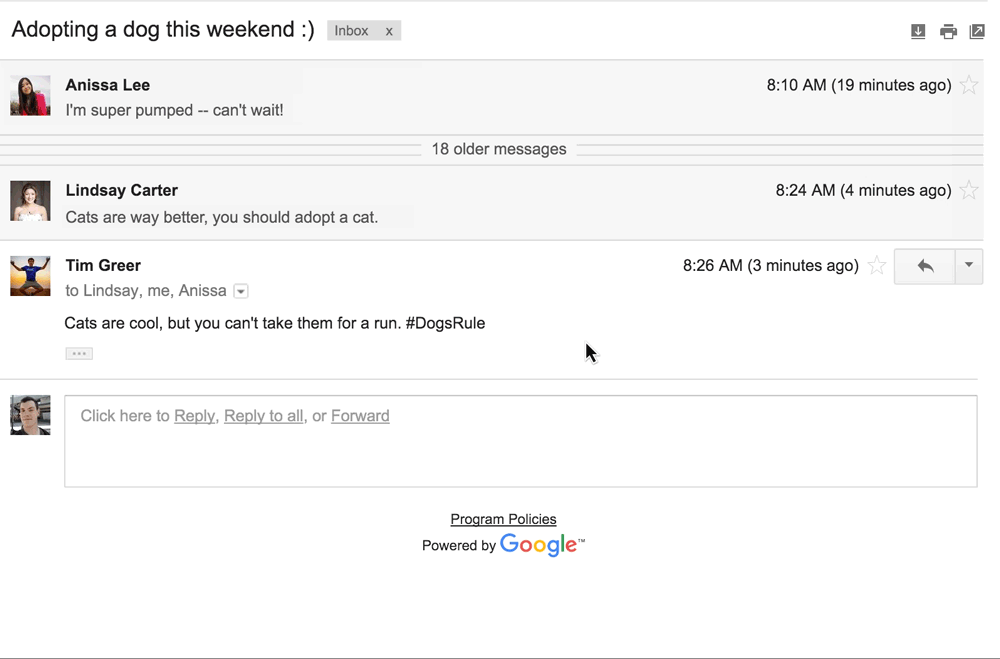As internet users are becoming more aware of online threats, cybersecurity is becoming a serious challenge for internet firms as they scramble for ways to dampen their users’ fears over online vulnerability. To take advantage of this need for more secure online systems, Alphabet, Google’s parent firm, has put up a new independent company with the goal of providing cybersecurity solutions to big businesses.
Hello, World! Introducing Chronicle, Alphabet’s newest company. Get the story: https://t.co/foaAWSNeP4.#cybersecurity
— Chronicle (@chroniclesec) January 24, 2018
Alphabet’s new cybersecurity firm is called Chronicle, which will offer state-of-art technology to boost companies’ online security. In particular, the firm will be using machine learning technology to help firms in the detection, tracking and blocking cybersecurity attacks.
In a post, Chronicle CEO Stephen Gillett explains that it is the new company’s goal to help businesses address potential blind spots in their online security with its mix of technologies. He believes that Chronicle will give businesses the upper hand against cybercrime:
“Add in some machine learning and better search capabilities, and we think we’ll be able to help organizations see their full security picture in much higher fidelity than they currently can. We hope that by making this mix of technologies available to more companies at affordable prices, we can give ‘the good guys’ an advantage and help us all turn the tide against cybercrime.”
According to Gillett, Chronicle is in a unique position to help the security issues of other companies. First, the company will be running on “fast, powerful, highly-scalable infrastructure” giving it enormous processing power. This means that retrieval and analysis of a large amount of data can be done in mere minutes rather than days, a useful capability in detecting and blocking cyberattacks.
Another advantage Chronicle has is in storage. Due to its infrastructure advantage, Gillett promised that the firm can provide a massive amount of storage to companies that need it at a lower cost.
Gillett is confident that Chronicle can adequately meet any cybersecurity threat proactively. In his post, he wrote that “None of us have to settle for cybercrime being a fact of life, or for a reactive, expensive existence of cleanup and damage control.”
[Featured image via Pixabay]








